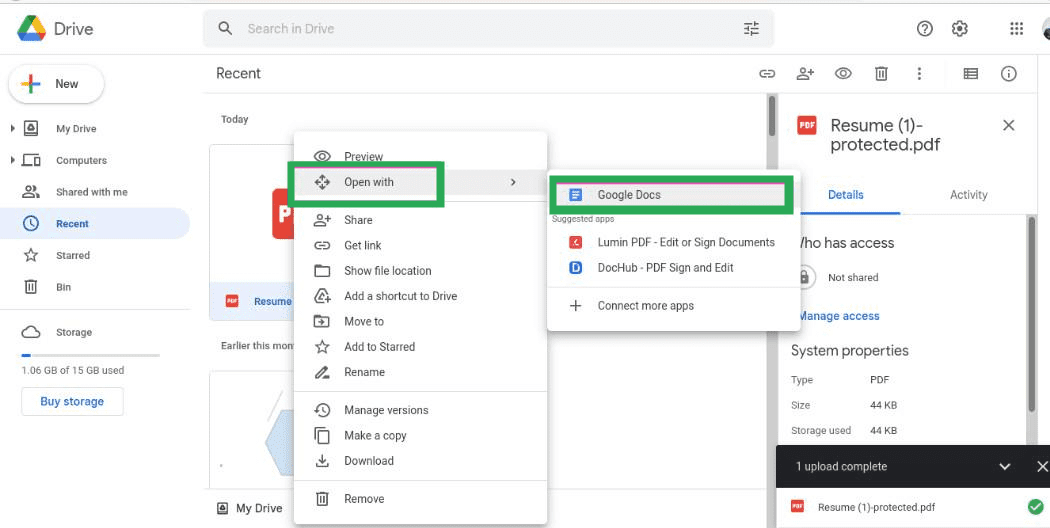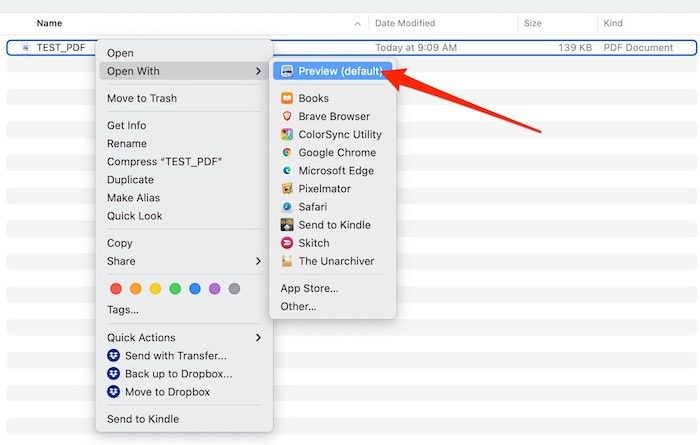Is your PDF document password-protected, and do you wish to remove or unlock the password? If so, you’ve come to the right place. Simply follow the instructions in this article to unlock your secured PDF file at no cost.
Table of Contents
“Have you ever encountered a password-protected PDF file that you couldn’t open because you didn’t know the password?”
This rephrase is more direct and clearer than the original question. It also avoids the use of the word “struck,” which could be interpreted in different ways.
“PDF files are often password-protected to safeguard sensitive information or content. This restriction ensures that only authorized individuals can access the file’s contents.”
This rephrase emphasizes the purpose of password protection in PDF files and avoids using the informal term “struck.” It also uses more formal language, such as “safeguard” and “authorized individuals.
Hence, numerous individuals have faced challenges when attempting to access such PDFs, prompting them to turn to their browsers to search for methods to remove or unlock passwords from PDF files. Unlocking protected PDFs can be accomplished through various apps, Adobe Acrobat, or utilizing Google Chrome.
In this article, you will learn to remove/unlock passwords from PDF files using a few simple and working methods that will help you always.
This article will guide you through a few straightforward and effective methods to remove or unlock passwords from PDF files, ensuring you have a reliable solution at your disposal.
How to Remove or Unlock Password from a PDF File?

Read Also :- कानूनी धारा लिस्ट (IPC Section List Pdf)
If you utilize Adobe Acrobat for PDF reading, you can opt for the solution to unlock PDF passwords using Adobe Acrobat. Otherwise, you have the choice to explore an alternative option.
Alternatively, without the need to download additional apps, you can opt for downloading Adobe Acrobat to read, edit, and modify your PDF files. Another option is to utilize Google Chrome to effortlessly remove or unlock passwords from PDF files through a few simple steps.
Regardless of your choice, all of these methods are highly effective and will successfully address your query on how to remove or unlock passwords from PDF files.
Adobe Acrobat is a PDF editor developed by Adobe that allows you to not only edit but also read, create, compress, and perform various other manipulations of content.
This implies that if you are using Adobe Acrobat, you can perform all tasks related to PDFs. If you have this software, there is no need to install any other application to manipulate PDFs in your files.
To access all the features of Adobe Acrobat, you need to purchase a license. Nevertheless, you can unlock protected PDFs using Adobe Acrobat with just a few simple steps.
Initially, install the application on your device if it’s not already installed. For Microsoft Windows users, Adobe Acrobat is typically pre-installed on personal computers. Then, open the password-protected PDF file that you wish to unlock using Adobe Acrobat.
Then, proceed to select the tools option and choose the “Unlock” tool. To do this, navigate to the “Tools” menu, then select “Protection,” followed by “Encrypt,” and finally, choose “Remove Security.”
Upon selecting the “Remove Security” option, the subsequent steps will vary based on the type of password. If the password is for opening the PDF, simply click the “OK” button, and you’re good to go.
If the PDF is secured with a permission password, you’ll need to enter the password and click “OK.” Subsequently, click “OK” again to unlock the PDF file.
Employing Google Chrome
Another approach to unlock or eliminate passwords from PDF files is by using Google Chrome. Google Chrome is a web browser developed by Google and is freely available.
If you are an Android user, Google Chrome is likely pre-installed on your device. For other operating systems, you may need to download it.
After ensuring that the Chrome browser is available on your device, you can proceed with the steps to unlock protected PDF files.
Begin by searching for ways to unlock or remove passwords from PDF files. This will yield various websites offering this service. Open the first website that appears, and if it doesn’t meet your requirements, try another one of your choosing.
On the selected website, locate the option to upload your PDF, usually labeled as “upload pdf” or “upload file.” Once the file is uploaded, look for another option, likely labeled as “unlock PDF” or “remove the password.” Click on it, enter the password when prompted, and proceed. The website will then handle the process for you.
You can discover various applications on the internet designed to unlock protected PDF files. The challenge lies in choosing the most suitable one for your needs.
These applications are typically free and user-friendly. Many PDF editing apps serve different purposes, such as converting, compressing, or simply reading PDF files. Ensure that you download an application specifically designed to remove or unlock protection from PDF files.
Utilizing PDF Editing Applications
Numerous applications, such as PDF Utilities for Android and PDF Expert for iOS, are available. Simply download these apps from the Play Store or Apple Store.
Once you’ve made your selection, open the protected PDF using the chosen application on your device. Alternatively, you can open the app first and then upload the PDF. When attempting to open the PDF, the app will prompt you to enter the password. Input the password and tap Ok. Once completed, your PDF will be unlocked.
To remove the password, navigate to the “Remove Password” option. The app will then prompt you to enter the password. Enter the password and click okay. The password will be removed.
Conclusion
To unlock PDF files or remove passwords from protected PDFs, you need to have the password in the first place. Once you have the password, you can choose any of the methods mentioned above based on your preference. All three methods mentioned above effectively address the question of how to remove/unlock passwords from PDF files.

